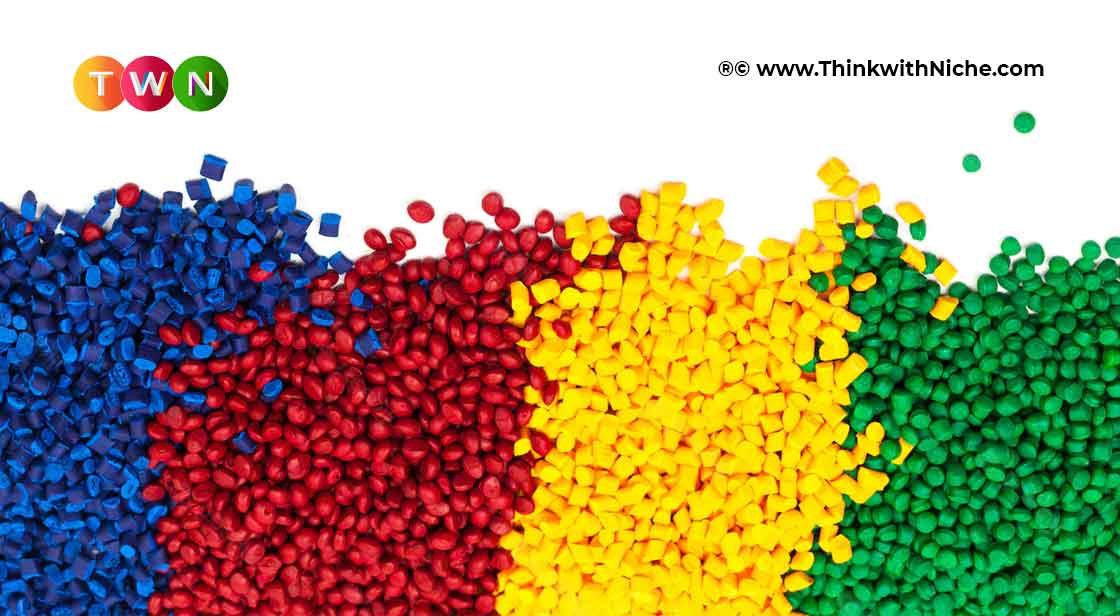Biodegradable Polymers Utilized in Diverse Range of Sectors Across the Globe

Blog Post
Choosing reasonable substances from scratch and modifying combinations and editing techniques are the most common ways to change the workability of the copolymer. #ThinkWithNiche
Despite the widespread use of the term "biodegradable polymers," the debate over whether or not they must be labeled as such continues to simmer within the industry. Microbes Genecis' bioplastic, which has gotten a lot of buzzes. In a substantial disintegration experiment, the study clearly reveals that the film decomposed, whereas the degree of bacterial breakdown in a biomedical sector influence blending analysis was 81 percent. Genesis is a company that creates biopolymers out of food waste. Plasticizers could be created from biologically active plastics, such as organic waste.
Garbage, plantain skins, fruit waste, fruit exfoliates, durian kernels, jack kernels, and avocados are among the items that can be found in the garbage. Genesis has created the first low-cost PHA polymeric material for industrial use by repurposing garbage. The term "food waste" is intended for human consumption which is not devoured. Trash can occur at any step throughout the food production system, even during production, preparation, transportation, retailing, and eating. Around one of the world's meals is thrown away in dumps. Orange peels, roasted grounds, apple cores, outdated toast, or other garbage might well be transformed into disposable plastic containers for use in place of solitary plastics.
PHA seems to be a biopolymer used throughout the manufacture of thermoformed products, Tupperware, glassware, utensils, supermarket sacks, and another ecologically sound bundling. 'Genecis' PHA polymers are a game-changer as well as an environmentally benign substitute to ordinary polyethylene that performs similarly to petroleum polyethylene. Except in unusual situations, PHA declines after about a year. It might take as little as a year in the underwater sector.
In industrial environments, the polymer might degrade in 6 to 8 weeks. PHA, unlike certain reversible replacements, has a quite attractive recyclable nature while still performing the functionalities required in several applications. Genecis' CEO forecasts that utilizing biosolids as a substrate will improve the environment by 80%, in order to make biopolymers and reduce petrochemical garbage properly. In recent years, great strides have been made throughout the manufacturing of bioplastics for a variety of applications. The concept of sustainability, or industrial ecology, is guiding the generation of new elements, commodities, as well as processes.
Biopolymer compounds (also known as bioplastic) play an important role. They're utilized for industrial, agricultural, medicine, and a variety of other things all throughout the earth. Bioplastics are the building blocks of plastics that are employed in an ever-increasing array of uses. Such synthetic plastics make a significant contribution to conservation by providing a wider range of recycling options with minimum environmental effects. As a result, the market for such eco-friendly substances is rapidly expanding, with annual growth rates of 10% to 20%.
The most typical strategies to adjust the workability of a copolymer are to choose reasonable ingredients from scratch and to modify combinations and editing techniques.PHAs are attracted to disposable compositions because of their guaranteed renewability and ease of processing. Biopolymers and instruments used in healthcare facilities, as well as edible minimally invasive seams, have piqued interest since they use efficient methods at a low cost and have a lot of potentials.
You May Like
EDITOR’S CHOICE












